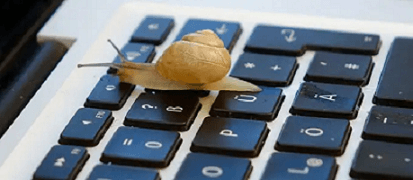Troubleshooting a Slow Computer: Your Comprehensive Guide
Is your computer feeling sluggish and unresponsive? Don't worry; there are steps you can take to diagnose and fix the problem. Follow this guide to troubleshoot and speed up your slow computer.
Understanding the Problem:
Before diving into solutions, it's essential to understand why your computer might be running slowly. Common causes include:
- Insufficient RAM: Not enough memory for running programs.
- Low Disk Space: Full or nearly full hard drive.
- Background Processes: Too many programs running in the background.
- Malware or Viruses: Infections can slow down your system.
- Outdated Software: Programs or drivers that need updating.
- Hardware Issues: Failing hardware components.
Steps to Troubleshoot:
1. Check System Requirements:
- Ensure your computer meets the minimum requirements for the operating system and applications you're running.
2. Restart Your Computer:
- Sometimes, a simple restart can resolve temporary performance issues caused by software glitches.
3. Manage Startup Programs:
- Disable unnecessary startup programs using Task Manager (Windows) or System Preferences (Mac).
4. Free Up Disk Space:
- Remove temporary files, old downloads, and unused programs to free up space on your hard drive.
5. Update Software:
- Keep your operating system, drivers, and applications up to date to ensure compatibility and performance improvements.
6. Scan for Malware and Viruses:
- Run a full system scan using reliable antivirus software to detect and remove any malicious programs.
7. Check for Hardware Issues:
- Monitor hardware temperatures and check for signs of overheating or failing components.
8. Optimize System Settings:
- Adjust visual effects, power settings, and virtual memory allocation to optimize performance.
9. Upgrade Hardware (if necessary):
- Consider upgrading your RAM, switching to a Solid State Drive (SSD), or replacing outdated components.
10. Seek Professional Help:
- If you're unsure or uncomfortable with troubleshooting, seek assistance from a professional technician.
Conclusion:
By following these steps, you can effectively diagnose and resolve the issue of a slow computer. Remember, regular maintenance and monitoring are key to keeping your system running smoothly.
Take action today to enjoy a faster, more responsive computing experience!
I AM WORKING HARD FOR YOU ALL.IF YOU LOVE YOUR MOTHER THEN CLICK HERE.






0 Comments